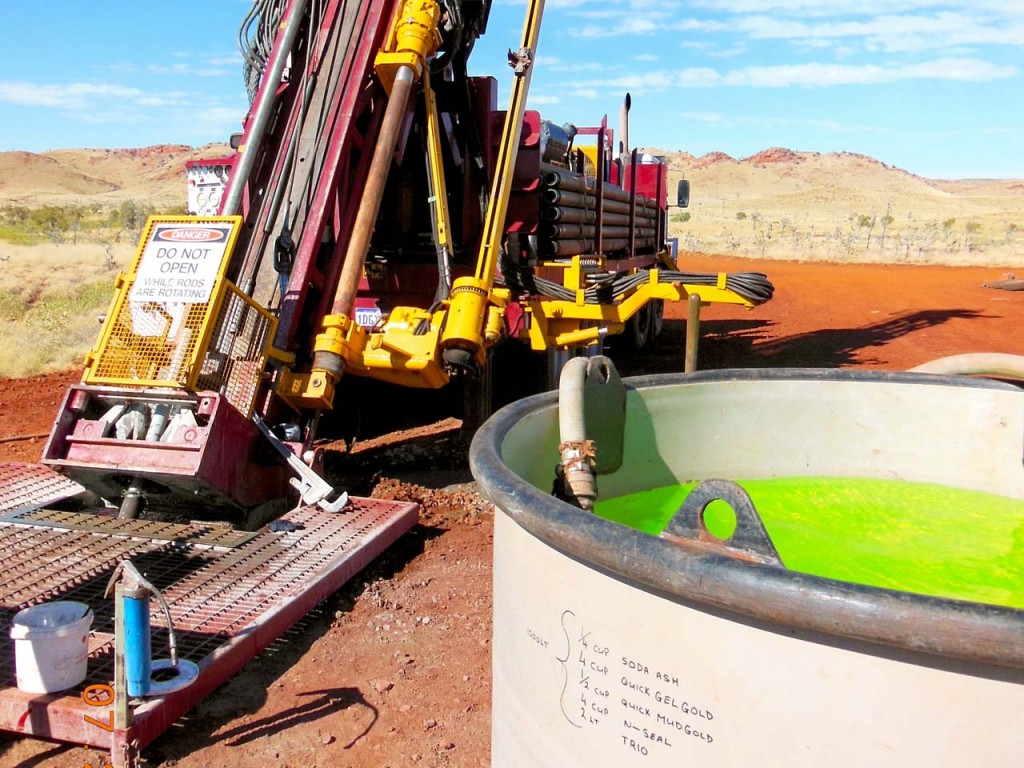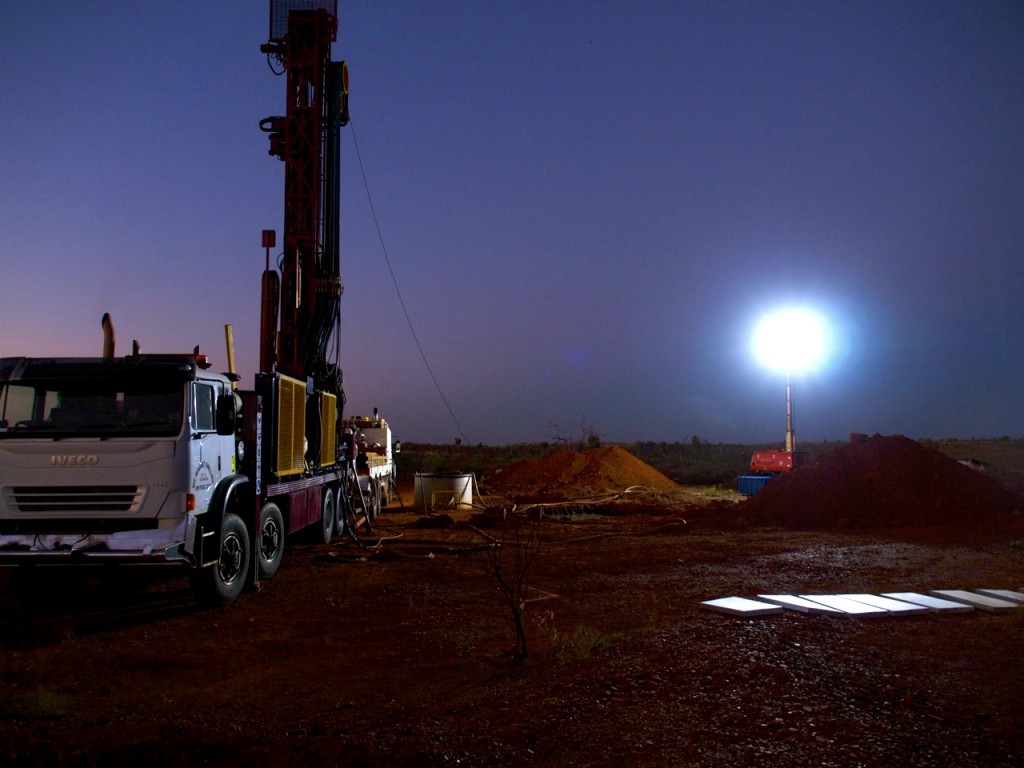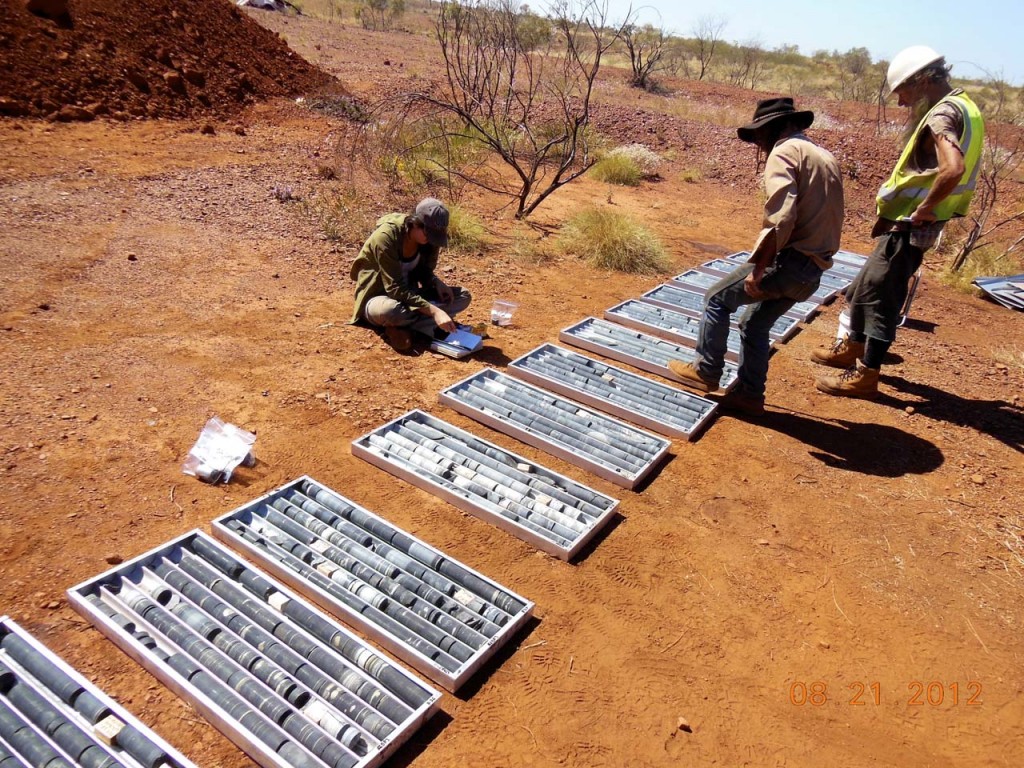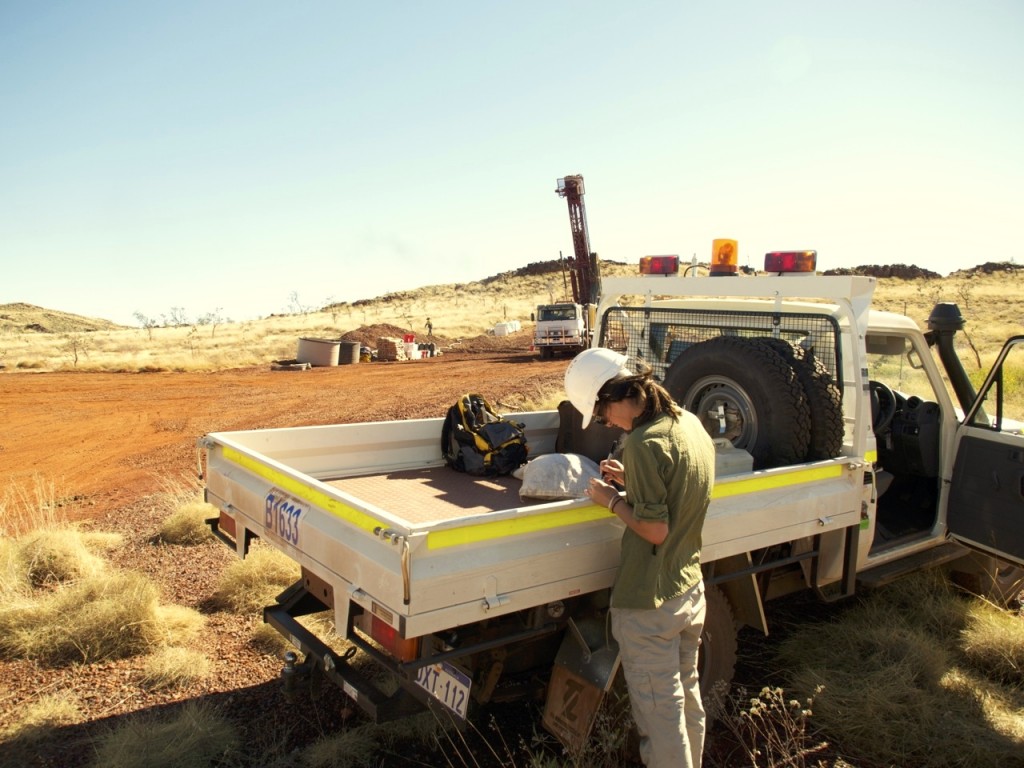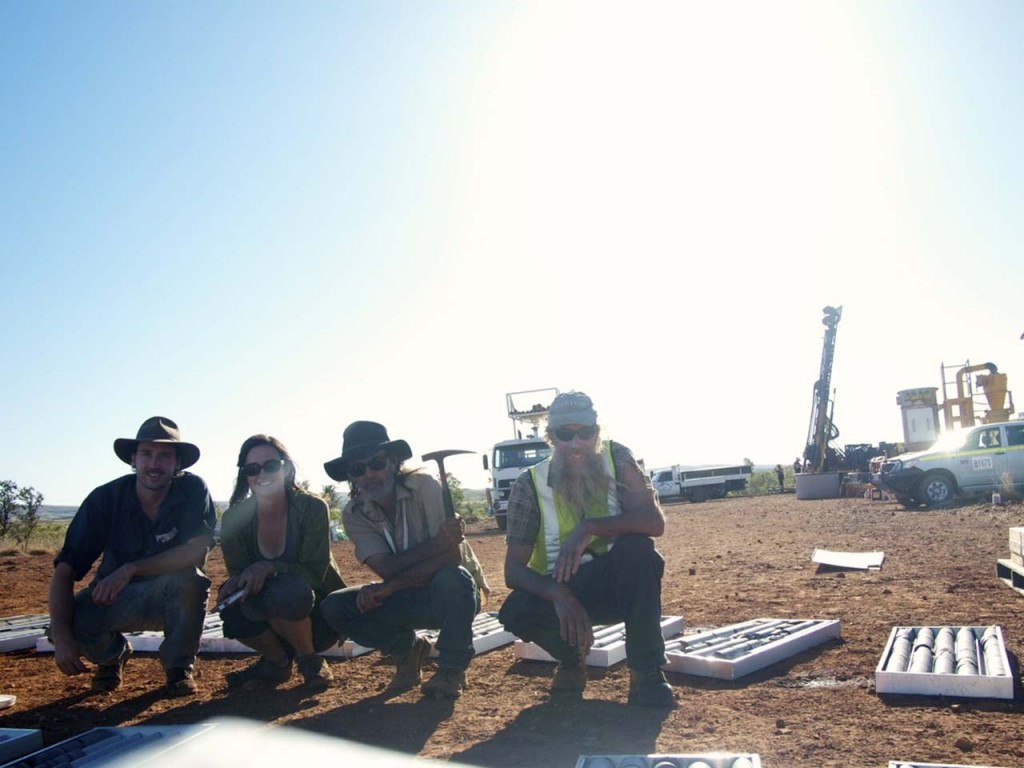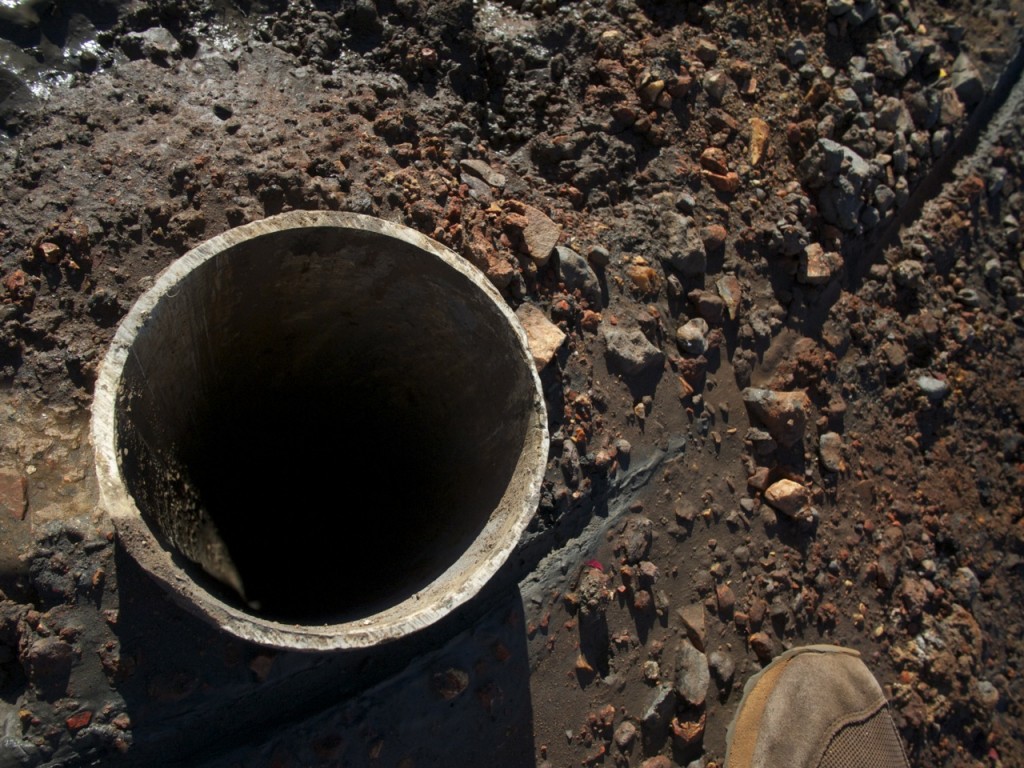The oxygenation of the atmosphere and oceans is perhaps the most significant biologically-mediated transformation of the planet and represents a classic example of biology functioning as a geologic agent. The rusty red terrain of Western Australia is one of the few places on Earth that holds the clues needed to reconstruct the temporal relationship between the rise of oxygenic photosynthesis and the first step towards an oxygenated planet, the Great Oxygenation Event (GOE; ~2.4 billion years ago).
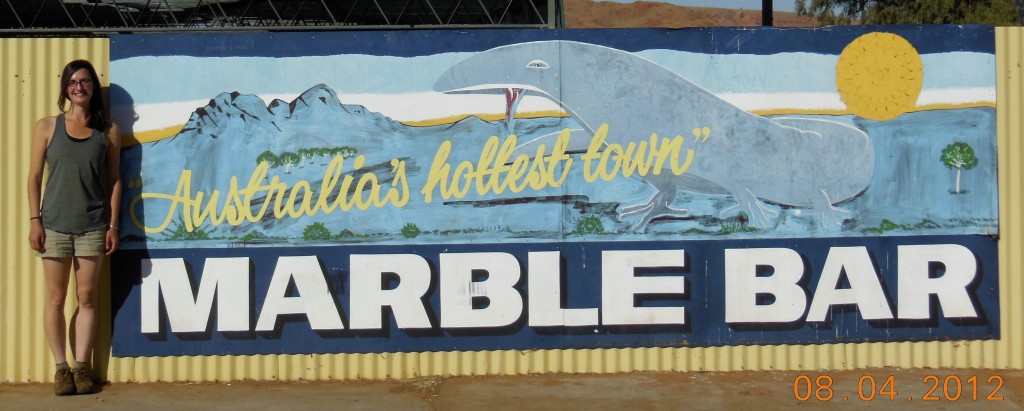
One key research question is whether these two events were synchronous or whether photosynthetic oxygen production predated the GOE by millions to hundreds of millions of years. By extracting hydrocarbons from rocks of Archean age, organic geochemistry can potentially test when cyanobacterial oxygenic photosynthesis rose relative to the GOE (Brocks et al., 1999; Summons et al., 1999).
However, as petroleum-based products are ubiquitous in today’s environment and hydrocarbons are capable of post-depositional migration, there are critical challenges that must be addressed, particularly the issue of hydrocarbon contamination (Rasmussen et al., 2008). In order to address these challenges, a team of scientists supported by funding from the Agouron Institute used novel drilling, sampling, and storage techniques to collect three pristine diamond-drill cores from the Pilbara in Western Australia. Katherine French presented the most recent organic geochemical results from this project at the Goldschmidt 2013 conference in Florence.
References
- Brocks J.J., Logan G.A., Buick R. and Summons R.E., 1999. Archean molecular fossils and the early rise of eukaryotes. Science 285, 1033-1036.
- French K.L., Hallmann C., Hope J.M., Buick R., Brocks J.J. and Summons R.E. Archean hydrocarbon biomarkers: Archean or not? Goldschmidt 2013 Conference Abstracts.
- Rasmussen, B., Fletcher, I. R., Brocks, J. J., & Kilburn, M. R. 2008. Reassessing the first appearance of eukaryotes and cyanobacteria. Nature, 455(7216), 1101-1104.
- Summons R.E., Jahnke L.L., Logan G.A. and Hope J.M., 1999.2-Methylhopanoids as biomarkers for cyanobacterial oxygenic photosynthesis. Nature 398, 554-557.
